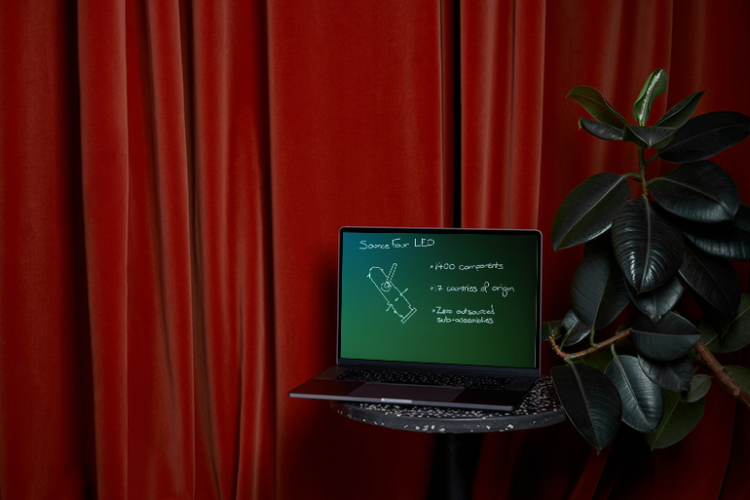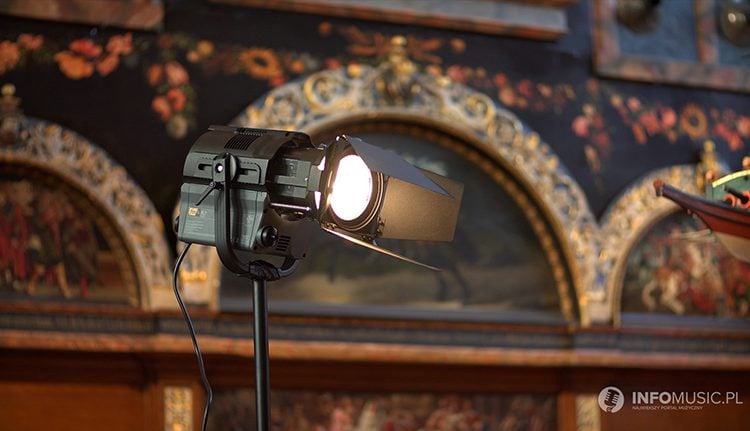Earth Day is April 22 and we at ETC continue to look at what we can do as a manufacturer to increase our sustainability efforts and decrease our carbon footprint. During CUE 2022, a team from our London office did a deep dive into the data behind our product manufacturing, shipping, and end-of-life practices to bring you a session on sustainable choices around ETC products. Climate change is happening, and we all have to play a part in slowing it down.
In this session, they answered questions such as:
- How much carbon does my lighting rig produce?
- What can I do to reduce the carbon footprint of my venue?
- How can I make the best decisions for the environment?
Four stages to measure sustainability
When making purchasing decisions for your venue, there are four factors to consider. Each weighs heavily on a product’s environmental impact.
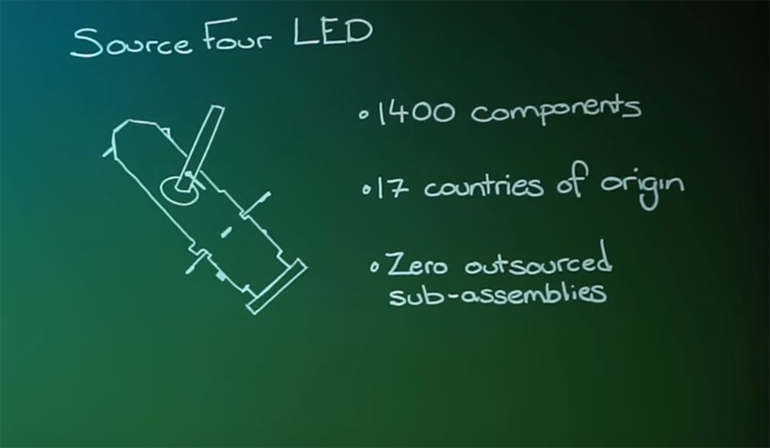
Stage 1: Manufacturing
In stage one, we take a closer look at the manufacturing process of a product. This includes how individual components are made, where those components are sourced, how far they traveled to get to the manufacturing site, and several other details.
When put together, this data reveals the amount of carbon a product consumed when it rolls off the manufacturing line. This is known as embodied carbon.
To learn more about embodied carbon and how the Source Four LED measures up, watch the full session below.
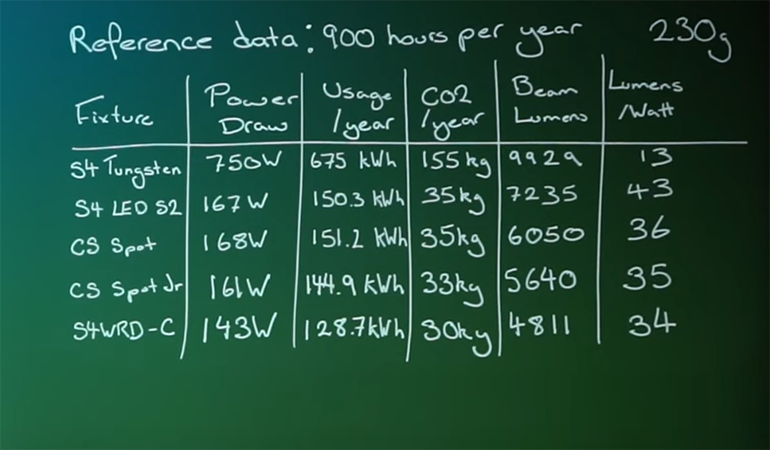
Stage 2: Distribution
The way a product is shipped makes a big difference in its overall carbon footprint. Not surprisingly, air freight has a much higher carbon impact than sea, road, or rail. This is a big reason why ETC ships much of its international product by sea to stocking locations in our offices around the world. We’re also proud to say that we’re working on expanding additional manufacturing sites outside of the US to further reduce the impact of shipping.
Stage 3: Usage
It’s not a secret that energy consumption technology has come a long way. LEDs save 78% more energy than incandescent fixtures. That number doesn’t take into consideration the additional cooling systems that are no longer needed because LEDs do not heat a space like halogen lamps.
In this session, we also look at conventional fixtures vs. moving lights, how to calculate lumens per watt to determine the output of a fixture vs. its power consumption and the benefits of additive vs. subtractive color mixing. Each of these things plays a role in reducing carbon over time. And as you’ll start to see, all of these small choices start to really add up quickly over time!
- To learn more about additive color mixing, visit this past blog article.
- Here’s another great CUE session that discusses the longevity of products through multiple generations.
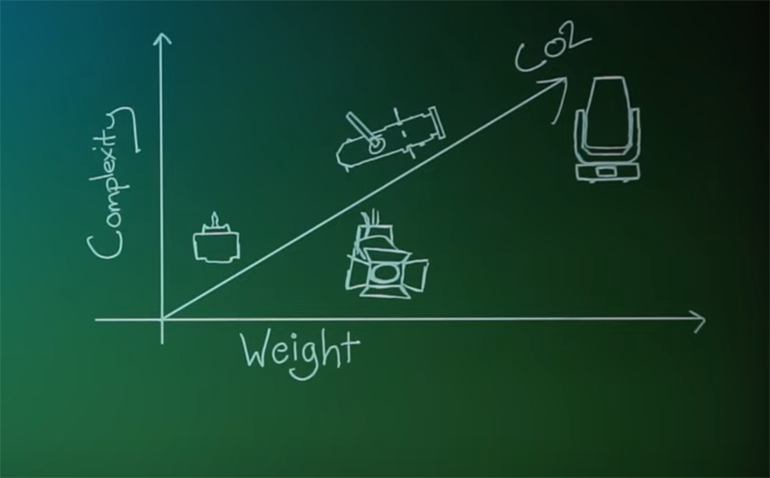
Stage 4: End of life
The fourth thing to consider is how long a physical product will last before it’s obsolete or breaks. We hear more and more that, “it’s okay if it doesn’t last. It’s cheap enough and I can buy twice as many at a lower price.” While extending your budget may be a short-term solution, it does nothing for the environment because it won’t be long before those same products need to be replaced. When you can, mother earth always encourages you to invest in products that last two or three times as long in an effort to keep extra waste out of our landfills. “Buy cheap = buy twice.”
Watch the sustainability session
This just scratches the surface of what was discussed in the session. If you couldn’t attend live, we encourage you to watch the 17-minute replay.
What’s next?
We encourage you to continue asking the hard questions and pushing your manufacturers to do more. Improving sustainability and reducing our carbon footprint is an ongoing process. If we don’t question everything now, we can’t and won’t improve for the future.
So, the biggest question that remains is, as we get more information will we change the decisions we each make each day?
Read our Earth Day posts from past years…
- Earth Day: ETC Style
- ETC goes lime! Happy Earth Day
- The shocking impact of theatre on the environment
For additional information on calculating your carbon footprint, go to www.ClimateNeutralGroup.com


